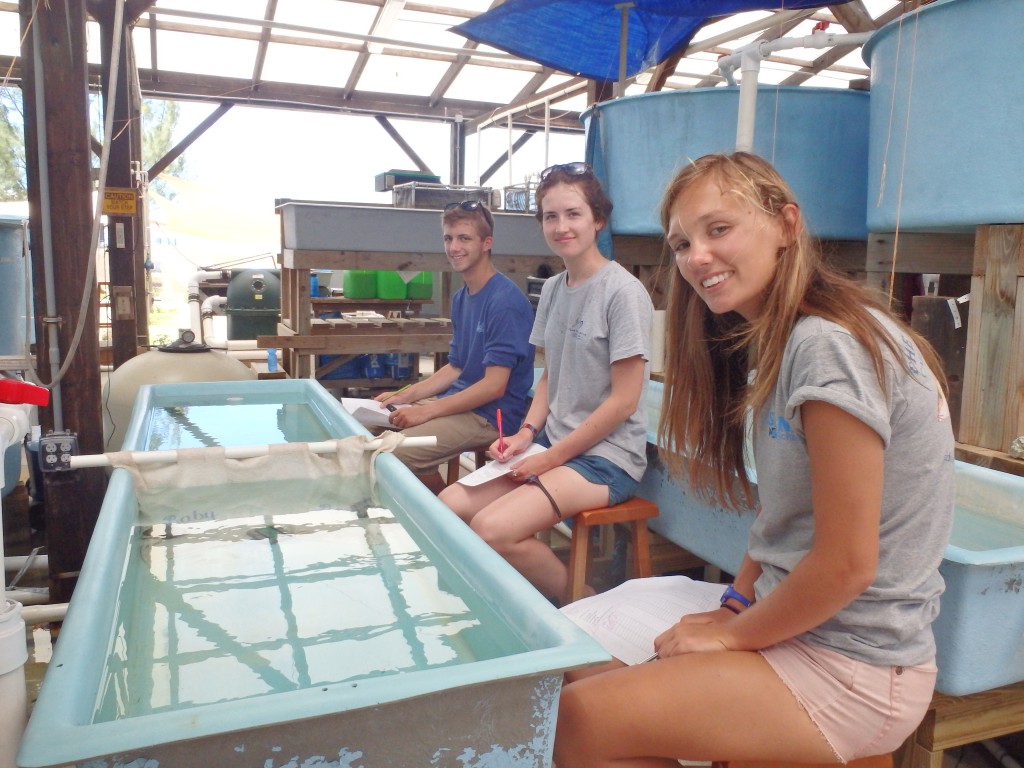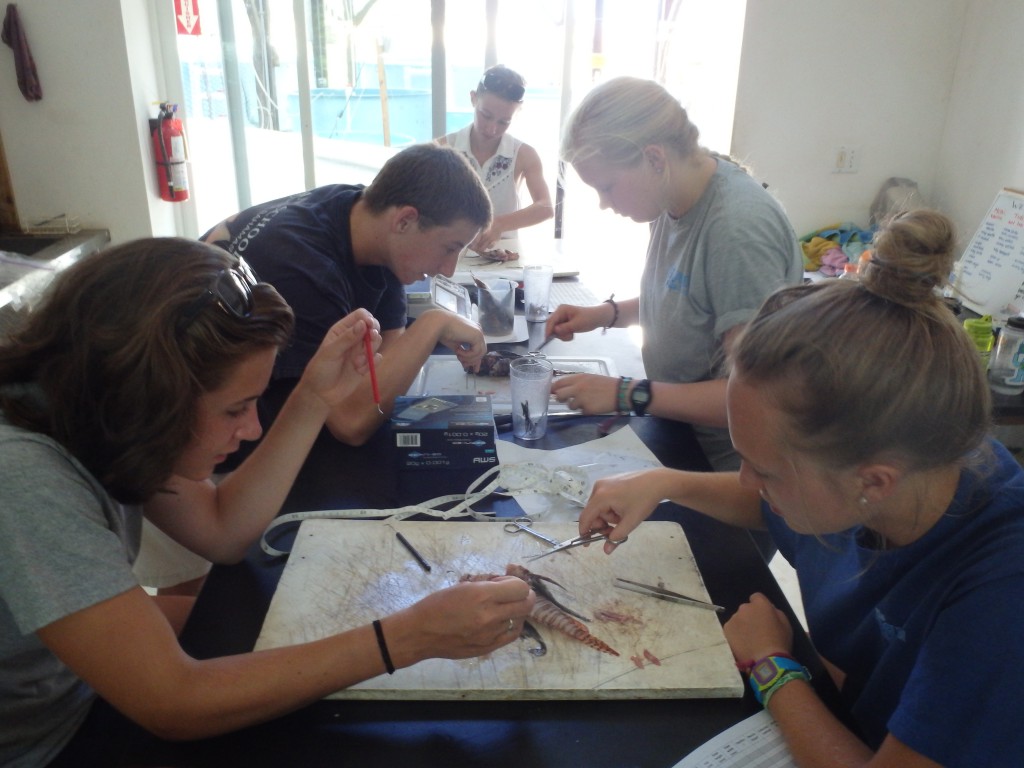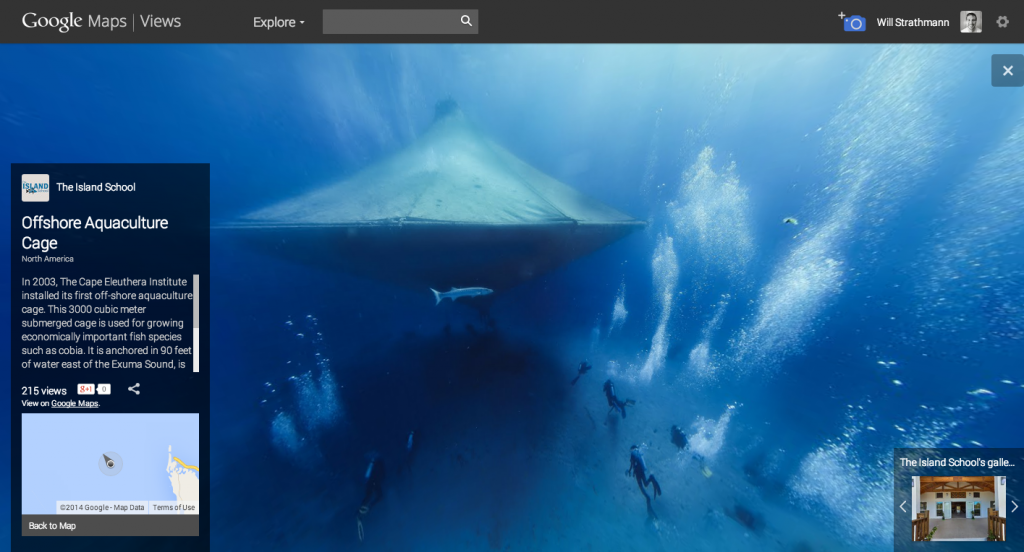Dear Proud Parents,
We circled up at noon; I was moved to tell your children in the more intimate moment of our small circle how proud I am of the good work that has been accomplished. Yesterday after the research presentations we gathered in Hallig House to listen to key note speakers share impressions. Eric Carey, Executive Director of the Bahamas National Trust, is big in stature and huge in spirit and brutally honest; he was “blown away” by the work. Eric mentioned specifically the turtle project at Half Sound and the conch research as monumental and pioneering efforts that will encourage (he used the word force) the government to enact laws to protect and conserve these vital habitats and endangered species. As a boy growing up in Tarpum Bay he confirmed the story retold by the research team, ” when I was young we would go to Sandy Cay and load our boat with 100s of conch that sat dry at low tied and if you go back now you can not find a single conch.”
Next to speak, Mr. Sandy Mactaggart, Chancellor Emeritus University of Alberta. Sandy has dedicated his full and extremely successful life to save beautiful places; he realized that the work here by young scientists proved beyond a doubt that education as it continues to exist is tragically flawed. He then shared a story; I encourage you to read the link, http://philosophy.lander.edu/intro/introbook2.1/x874.html . Your children are producers of knowledge, they have stretched to ask and answer new questions and they are well tested and confident — watch out world!
Last to speak was the Honorable Kenred Dorsett, Minister of the Environment, Commonwealth of The Bahamas. Continue reading →






